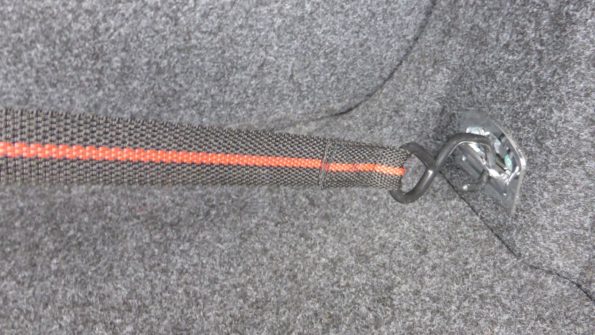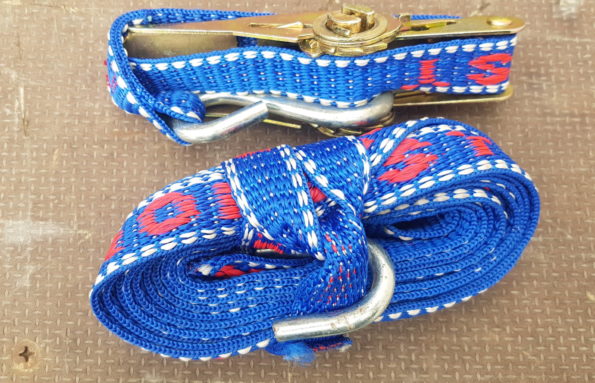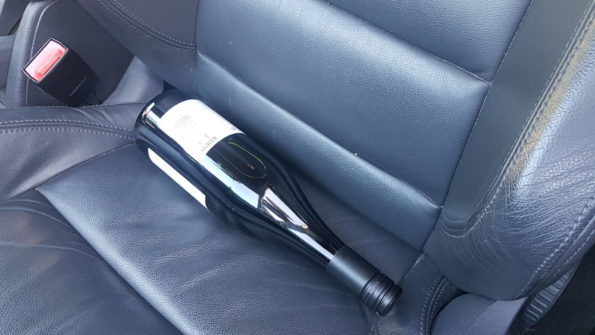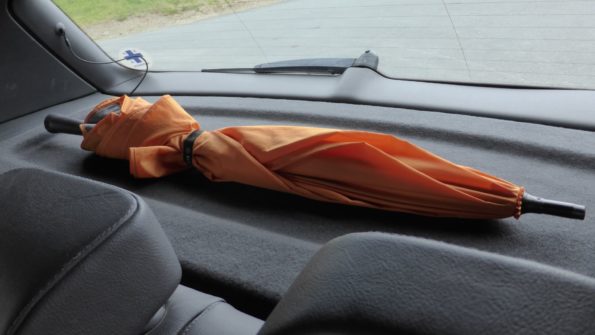You’ll frequently need to carry items in or on your car, whether it’s shopping, a pet or something large like a surfboard.
The four most important considerations when loading items in a car are:
- Will this item fly forwards and hit me in a crash
- Will this item roll underneath my brake pedal
- Will this item move while cornering and damage the vehicle or other items in the vehicle
- Will this item rattle or otherwise cause a distraction for me while I’m driving?
There are other things to consider, for example, items that might spill, or items that might degrade or overheat in the sun, but as long as you’re aware of the main four then you’re most of the way to ensuring your load is secure.
Where are the best places to carry items in your car?
There are five good places to carry items while driving your car:
- The boot
- Down low behind or under the seats
- In the glovebox or binnacles (e.g. centre console)
- On a roof rack
- In a trailer
Where are the worst places to carry items in your car?
There are four bad places to carry items while driving your car:
- On your lap
- Carried by a passenger (unless very light)
- On the passenger seat
- On the parcel shelf
The best ways to carry items in your car
Loading in your boot
Items in the boot are restrained by the rear seats and won’t fly forwards while braking.
Load heavy items at the bottom and against the rear seats; it’s much easier to stop a heavy item moving in the first place rather than trying to block it as it’s already moving forwards.
Car boots in most cars come with two or four anchor points which can be used with ratchet straps.

They frequently come with plastic bag hooks, too, which are only for your shopping.
If an item is likely to slide around, either block it from moving using other items, or strap it down using ratchet straps in the anchor points. If an item is really heavy, it could break through the rear seats in a crash, so it’s best to strap this down anyway, even if it’s blocked from moving.

If you need to carry items with your rear seats folded forwards, strapping heavier items is a good idea.
Don’t load above the level of the rear seats without using a cargo barrier as items here could fly forwards under braking, injuring passengers
Load in the glovebox and other binnacles
Small items can still pack quite a punch if they fly forwards during a crash or are loose if the car rolls over. Secure items like phones and small electronics in the glovebox, centre console and other small cubby holes. Some vehicles come with drawers under the seats.
Loading in the rear passenger compartment
Items can be safely carried down low behind the passenger and driver seats, or under the seats. Items that fit here include laptops (although, be careful of theft if they are visible when you leave the car), LPG bottles (wedge them tightly behind the passenger seat, preferably without anyone in that seat as they are likely to break through in a frontal impact) and guitar cases (carry them upright across the vehicle right behind the seats; this also will block items behind them).
Pets
For carrying pets, check out this article.
The worst way to carry items in your car
Items carried by passengers
A 3kg item will temporarily weigh about 90kg in a frontal impact at 50km/h; it will be impossible to keep hold of it. It will hit the airbag which it fire it back at you, or it will be embedded in your face as you face hits the airbag.
If you’re letting your kids use tablets in the back seats, they won’t be able to keep hold of them in a crash.
Items on your lap
Items unsecured on your lap can easily slip off and under the pedals. You’ll then be distracted and probably won’t be able to brake.
Items on the passenger seats or in the passenger footwell
Light items that won’t roll (e.g. clothing) can be carried on the passenger seats. A handbag can be put in the passenger footwell. Slightly larger items such as a soft gym bag could be put behind the passenger seat. Other than that, items should not be carried on passenger seats.

On the parcel shelf
The parcel shelf is the rigid cover for items in the boot in a hatchback or station wagon. As it sits at the same level as the top of the seats, it doesn’t block the rear window. The only items that should be carried on the parcel shelf are very light such as hats or a sun visor.

How do you learn about load security?
We don’t get taught about load security when we learn to drive a car, but it’s an important part of being a safe driver. There are online load security courses available for light vehicles.
Check out our article on how to load items to a roof rack.
